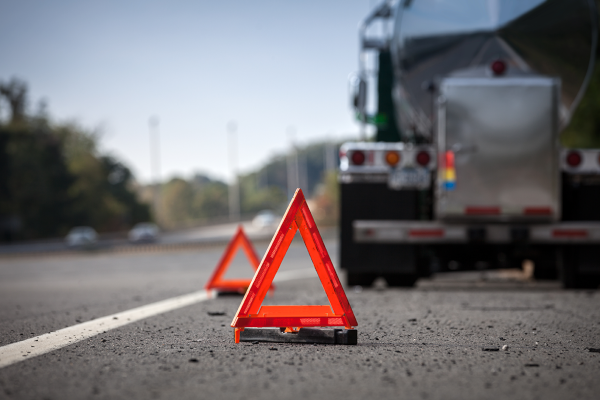Welcome to the TruckDown Info International, Inc. Web site. By using this Web site, you are agreeing to comply with and be bound by its terms of use. Please carefully review the Terms of Use Agreement. If you do not agree to these terms, you should not use this Web site in any manner whatsoever.
Since 1997 TruckDown.com has helped commercial trucking fleets locate Vendors throughout the USA and Canada. TruckDown lists Vendor services ranging from Major Truck Repair Facilities, Heavy Duty Towing, Trailer Shops, Truck Stops, A/C to Welding, Truck Friendly Motels, Scales and many other services essential to keeping fleets moving safely and on time.





